Protein Pudding is a creamy, nutritious, and high-protein snack or dessert that comes together in just minutes. Made with a base of Greek yogurt and protein powder, it delivers a rich texture and indulgent flavor with the added benefit of supporting muscle recovery and satiety. Perfect for post-workout fuel or an afternoon snack, this recipe is designed for health-conscious individuals who don’t want to compromise on taste.
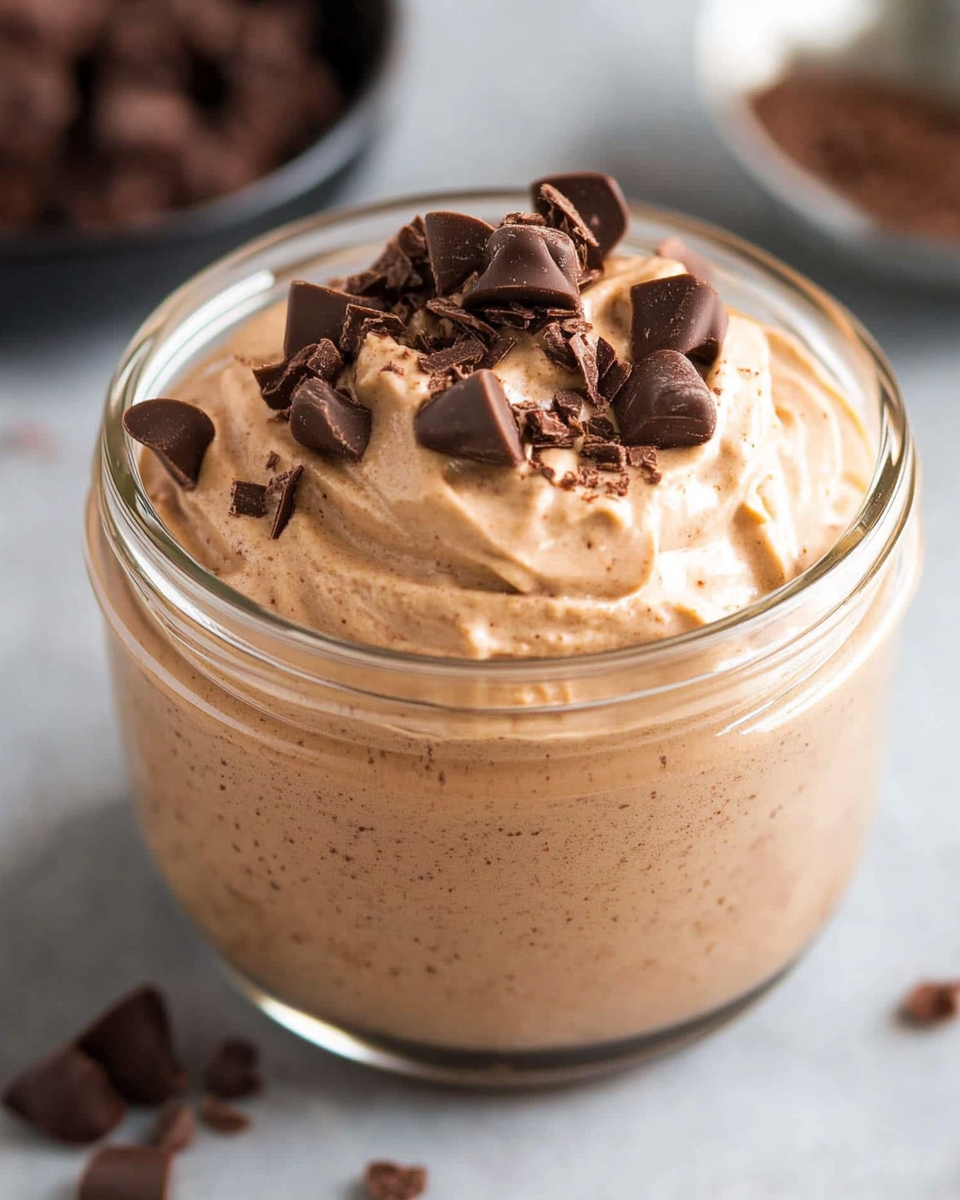
Unlike traditional puddings that require cooking and cooling, this version is entirely no-bake and can be customized in endless ways. Whether you prefer chocolate, vanilla, or fruit-inspired flavors, protein pudding is easy to tailor to your dietary goals and cravings.
Why You’ll Love This Recipe
This protein pudding recipe stands out for its simplicity, versatility, and health benefits. Here’s what makes it a staple in any high-protein meal plan:
- It’s ready in under five minutes and requires no cooking.
- Packed with high-quality protein from Greek yogurt and protein powder, it helps promote muscle recovery and supports a high-protein diet.
- Completely customizable. You can flavor it with cocoa, vanilla, chia seeds, or even fresh fruit.
- Naturally gluten-free and easy to make vegetarian or dairy-free with simple ingredient swaps.
- Perfect for meal prep, making it a convenient grab-and-go snack during busy weekdays.
Whether you’re focused on fitness or just looking for a healthier dessert, this recipe delivers both flavor and function.
Tools and Equipment You’ll Need
Creating a smooth and consistent protein pudding doesn’t require fancy kitchen gear. However, having the right tools on hand ensures the best texture and flavor.
Basic Tools:
- Mixing bowl – For combining all the ingredients.
- Whisk or spoon – A whisk helps break down protein powder clumps more efficiently.
- Measuring cups and spoons – Ensures accurate ingredient ratios.
- Storage container – For chilling and meal prep.
- Blender (optional) – For an ultra-smooth, mousse-like texture.
Why Each Tool Matters
Using a whisk instead of a spoon creates a smoother pudding by evenly incorporating the protein powder. Glass storage containers preserve freshness and prevent flavor absorption. Accurate measurements prevent your pudding from becoming too thick or too runny, ensuring a perfect result every time.
Ingredients List
This protein pudding recipe includes a base set of ingredients with optional add-ins for flavor and texture variation.
Base Ingredients:
- 1 cup (250 g) Greek yogurt – Choose full-fat for a richer texture or low-fat for fewer calories.
- ½ cup (40 g) protein powder – Use chocolate, vanilla, or unflavored based on your preference.
- 1–2 tablespoons nut butter – Peanut butter or almond butter adds healthy fats and enhances the flavor.
- 1 tablespoon cocoa powder (optional) – For a chocolate version.
- 1–2 tablespoons maple syrup or honey – Adjust to your desired sweetness.
- Milk of choice – Almond, oat, or dairy milk to thin out the texture if needed.
Optional Add-ins:
- ½ teaspoon vanilla extract
- 1 tablespoon chia seeds
- A pinch of sea salt
Each ingredient plays a role in balancing the flavor, texture, and nutritional profile. For example, chia seeds add fiber and help thicken the pudding, while cocoa powder transforms it into a chocolate treat.
Preparation Tips
- Always mix the protein powder into the Greek yogurt first to avoid clumping.
- If the mixture is too thick, add milk a teaspoon at a time to reach your desired consistency.
- Start with a small amount of sweetener, then taste and adjust as needed.
- For added texture, stir in chia seeds and let the pudding sit for 5 to 10 minutes to thicken.
- Use a high-quality protein powder to avoid graininess. Whey, casein, or plant-based varieties all work well, but some dissolve more smoothly than others.
Step-by-Step Instructions
- In a medium bowl, combine Greek yogurt, protein powder, and nut butter.
- Add optional ingredients like cocoa powder and vanilla extract.
- Mix until the texture is smooth and fully combined.
- If the pudding is too thick, slowly incorporate a small amount of milk until you reach your desired consistency.
- Taste the pudding and adjust the sweetness with maple syrup or honey.
- If using chia seeds, stir them in and let the pudding rest for at least 5 minutes to allow it to thicken further.
- Serve immediately or store in an airtight container in the refrigerator for up to 3 days.
This protein pudding recipe is the perfect example of how eating healthy doesn’t mean giving up indulgent textures and rich flavors. With just a few ingredients, you can create a satisfying dessert or snack that supports your nutrition goals.
Serving Suggestions
One of the best things about protein pudding is how versatile it is when it comes to serving. Whether you’re preparing a quick post-workout meal or a healthy dessert for guests, you can dress it up or keep it simple. Here are several ways to serve your pudding to enhance both presentation and flavor.
Creative Ways to Serve Protein Pudding:
- Layer it in jars with fruit and granola to make a parfait.
- Top with sliced bananas, berries, or kiwi for a fresh and colorful touch.
- Add a sprinkle of chopped nuts or seeds for crunch and healthy fats.
- Drizzle with a little extra nut butter or a touch of melted dark chocolate.
- Serve cold from the fridge or let it sit at room temperature for 10 minutes for a softer texture.
- Portion into small ramekins or prep bowls for individual servings throughout the week.
Using a variety of toppings keeps your protein pudding interesting and flavorful. It also helps prevent boredom if you plan to include it in your regular meal prep.
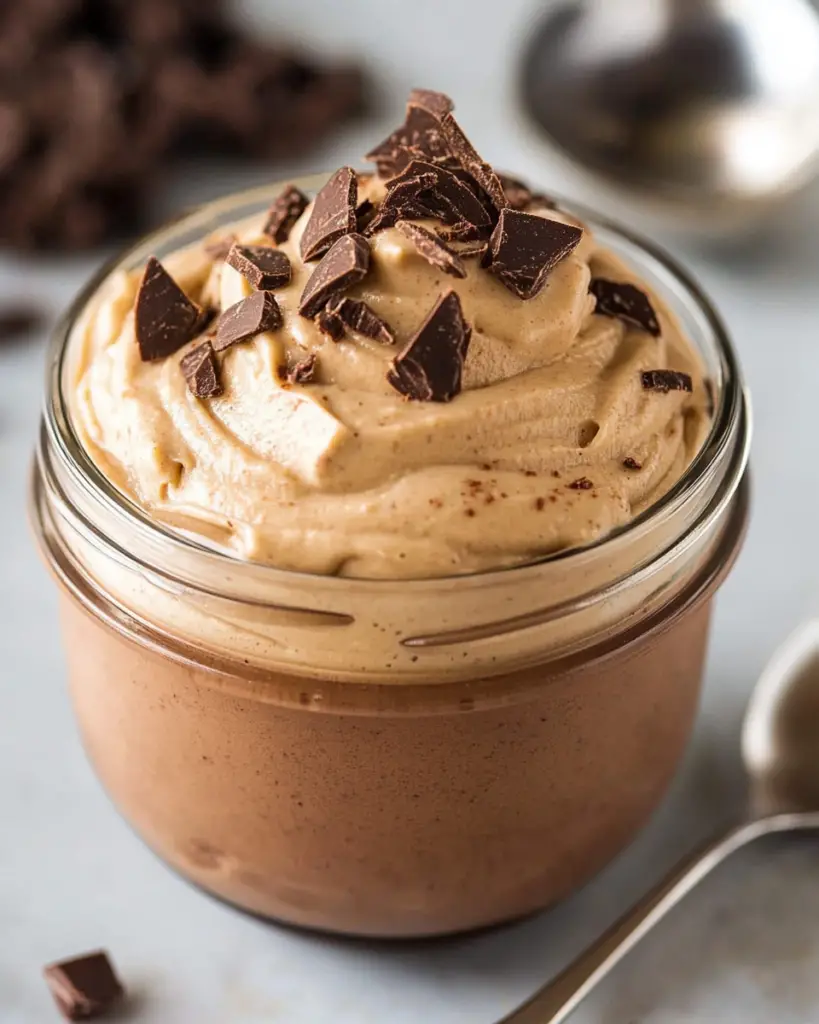
Common Mistakes to Avoid
Making protein pudding is easy, but certain mistakes can affect the taste and consistency. Here are the most common issues people run into and how to avoid them.
1. Using a Low-Quality Protein Powder
Some protein powders have a chalky or gritty texture that doesn’t blend well with yogurt. Choose a high-quality powder that mixes smoothly, whether it’s whey, casein, or a plant-based blend. Testing a small batch first is a good idea before committing.
2. Over-Sweetening
Adding too much maple syrup, honey, or sweetener can overpower the natural tang of Greek yogurt and the flavor of your protein powder. Start with a small amount of sweetener, mix well, and taste before adding more.
3. Getting the Consistency Wrong
The ideal texture of protein pudding is thick but smooth. Too much protein powder can make it gritty or overly thick. On the other hand, adding too much milk can thin it out too much. Always add milk gradually until you reach the right balance.
4. Not Mixing Properly
Improper mixing leads to lumps of protein powder in the final pudding. Use a whisk, not a spoon, and mix thoroughly. For an ultra-smooth version, blend the pudding in a small food processor or blender.
5. Skipping Rest Time with Chia Seeds
If you add chia seeds for extra texture or nutrition, the pudding needs time to rest. Let it sit for at least five minutes so the seeds can absorb moisture and thicken the pudding naturally.
How to Perfect Your Protein Pudding
Mastering the balance of taste, texture, and nutrition in your protein pudding comes down to three key factors:
- Ingredient quality – Use fresh Greek yogurt and a clean-label protein powder with minimal additives.
- Texture control – Use your milk of choice slowly and sparingly until you achieve the desired thickness.
- Flavor balance – Customize your base with small additions of cocoa, vanilla extract, or sea salt to deepen and balance flavors.
A small pinch of salt can elevate the sweetness, while a teaspoon of instant espresso powder can bring out the richness of chocolate flavors. These subtle additions can make your pudding taste like a dessert you’d find in a gourmet health café.
Side Dish Recommendations
Pairing protein pudding with complementary foods turns it into a complete meal or satisfying snack. Here are eight side ideas to enhance its nutritional value and keep you full longer.
1. Fresh Berries
Blueberries, raspberries, and strawberries add natural sweetness, antioxidants, and fiber. They’re an ideal topping or side.
2. Homemade Protein Bars
Pair your pudding with a protein bar to increase the total protein intake. Choose one that’s low in sugar and made with whole food ingredients.
3. Smoothies
Add a light fruit smoothie to create a balanced meal with carbohydrates and fiber. A green smoothie with spinach, banana, and almond milk works especially well.
4. Avocado Toast
For a savory contrast, try serving avocado toast with your pudding. Use whole grain bread and top with red pepper flakes or hemp seeds.
5. Overnight Oats
Layer your protein pudding with overnight oats for a hearty, fiber-rich breakfast. The combination is both filling and flavorful.
6. Almond Flour Muffins
Low-carb almond flour muffins offer a satisfying bite alongside a creamy dessert. They add texture without a sugar overload.
7. Sliced Apple with Nut Butter
Apples provide crunch and a touch of tartness, while nut butter offers healthy fats. This combo pairs perfectly with chocolate or vanilla pudding.
8. Hard-Boiled Eggs
If you’re enjoying protein pudding as part of a breakfast or light lunch, hard-boiled eggs add extra protein and keep you full for longer.
By pairing your pudding with these sides, you can easily customize your snack to fit any time of day or dietary need.
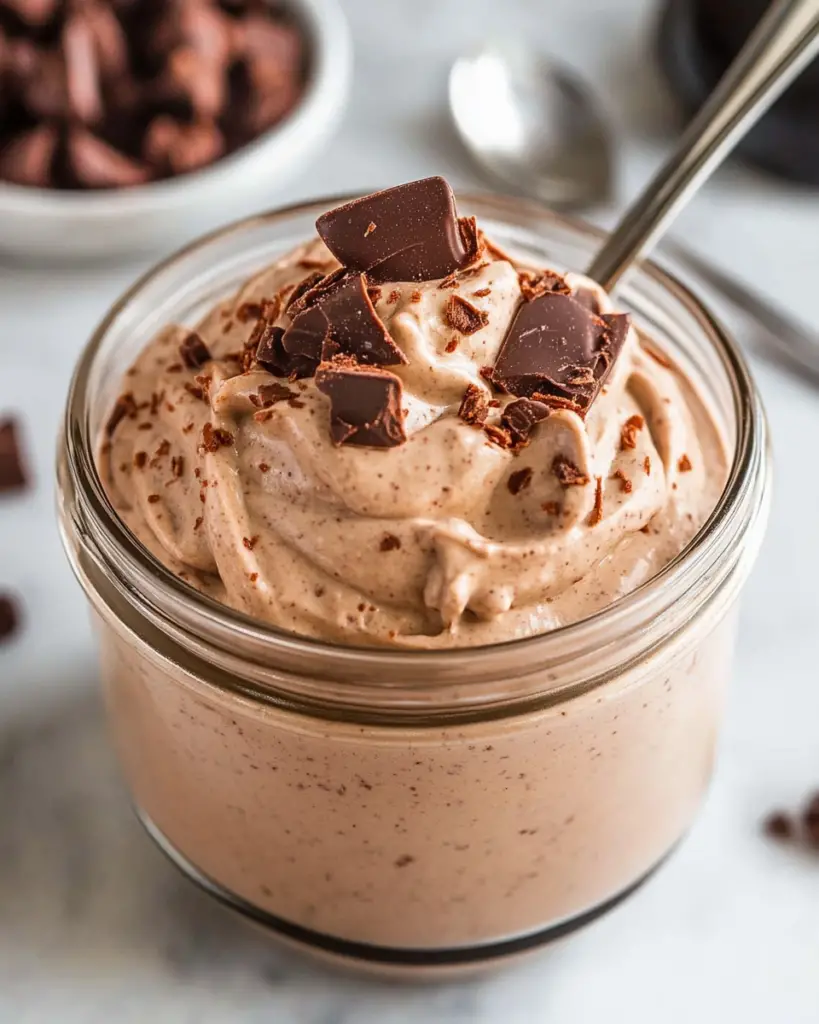
Additional Recipe Tips
Creating the perfect protein pudding is all about knowing how to adjust the ingredients to suit your goals and taste preferences. Whether you’re aiming for a higher-protein snack, a vegan option, or something more dessert-like, these tips can help you modify the recipe successfully.
Make It Vegan
To prepare a vegan protein pudding, use the following substitutions:
- Replace Greek yogurt with unsweetened coconut yogurt or almond milk yogurt.
- Choose a plant-based protein powder made from peas, rice, or hemp.
- Use maple syrup or agave as a sweetener instead of honey.
- Skip the dairy milk and use almond, oat, or soy milk.
Make It Keto-Friendly
For a low-carb, keto version:
- Use full-fat Greek yogurt or unsweetened coconut yogurt.
- Choose a low-carb, unsweetened protein powder.
- Sweeten with erythritol, stevia, or monk fruit.
- Avoid milk with carbs. Use heavy cream or unsweetened almond milk in moderation.
Adjust Thickness to Preference
The thickness of protein pudding can vary depending on your protein powder and yogurt. If it’s too thick, add more milk slowly until the texture is just right. If it’s too thin, add a little more protein powder or chia seeds and allow it to sit and thicken.
Elevate the Flavor
Small additions can make a big difference in taste:
- A pinch of sea salt balances sweetness.
- A dash of cinnamon or nutmeg adds warmth.
- Instant espresso powder intensifies chocolate flavors.
- A few drops of almond extract add a nutty undertone.
Storage Instructions
One of the reasons protein pudding is a go-to recipe for many is its storage potential. You can prepare multiple servings at once and have a high-protein snack ready when hunger hits.
- Refrigerator: Store in an airtight container for up to three days. The flavor improves slightly as the ingredients sit and blend together.
- Portion control: Use small glass jars or meal prep containers for easy grab-and-go servings.
- Texture check: Stir well before eating, as the pudding may separate slightly during refrigeration.
- Avoid freezing: Freezing may change the texture and create an unpleasant consistency when thawed.
Reheating Instructions
Protein pudding is designed to be eaten cold or at room temperature. Reheating is generally not recommended, but there are a few notes to consider:
- Room temperature serving: Remove from the fridge and let it sit for 10 to 15 minutes if you prefer a softer texture.
- Microwave caution: Reheating in the microwave can break down the protein structure or curdle the yogurt. If you must warm it slightly, do so in very short bursts (5 to 10 seconds) and stir between intervals.
For best results, enjoy this pudding chilled or just slightly below room temperature.
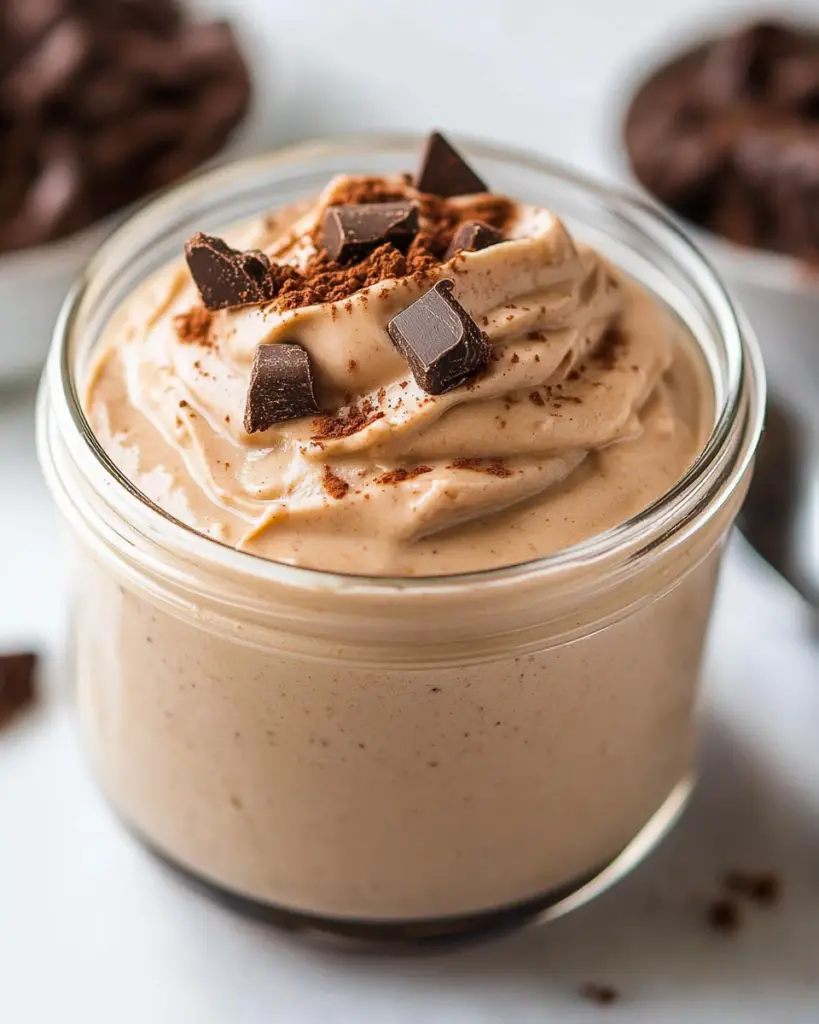
Frequently Asked Questions
What protein powder works best?
Choose a smooth-mixing protein powder. Whey isolate, casein, and high-quality plant-based blends work well. Avoid gritty powders.
Can I make protein pudding without Greek yogurt?
Yes. You can use plant-based yogurts like almond or coconut yogurt. For a thicker texture, combine silken tofu or blended cottage cheese with protein powder.
How long does homemade protein pudding last?
Properly stored in the refrigerator, it will last up to three days. Always check for changes in smell or texture before consuming.
Is protein pudding good for weight loss?
It can be. This pudding is high in protein and low in added sugars, which helps with satiety and muscle maintenance—two key factors for weight management.
Can I freeze protein pudding?
Freezing is not recommended. Thawing changes the consistency and can result in separation or a watery texture.
Can I make this recipe nut-free?
Yes. Skip the nut butter or use a seed-based butter like sunflower seed or tahini. Choose a nut-free milk alternative if needed.
Why is my protein pudding grainy?
Grainy texture usually comes from low-quality or poorly mixed protein powder. Use a whisk or blend the mixture, and try a smoother protein powder.
Can kids eat protein pudding?
Yes, as long as the ingredients are age-appropriate and the protein powder is free of caffeine, artificial additives, or other unnecessary ingredients.
Conclusion
Protein pudding is a versatile, customizable, and nutrient-packed snack or dessert that fits a variety of dietary needs. Whether you’re seeking a high-protein post-workout treat or a healthy dessert option, this simple recipe delivers flavor and function without the need for cooking or complex ingredients.
With endless customization options, it’s easy to keep things fresh and exciting. From fruit toppings to chocolate add-ins, you can tailor every bowl to match your taste or nutritional goals. Prep a few servings in advance and enjoy a creamy, satisfying treat whenever you need a boost.
Try this recipe today and discover how easy it is to turn a few wholesome ingredients into a delicious, protein-rich pudding that supports your healthy lifestyle.
Protein Pudding
Ingredients
- 1 cup 250 g Greek yogurt (full-fat or low-fat)
- ½ cup 40 g protein powder (chocolate, vanilla, or unflavored)
- 1 –2 tablespoons nut butter peanut or almond butter
- 1 tablespoon cocoa powder optional
- 1 –2 tablespoons maple syrup or honey to taste
- Milk of choice almond, oat, or dairy milk, if needed to thin
- Optional Flavor Add-Ins:
- ½ teaspoon vanilla extract
- 1 tablespoon chia seeds
- A pinch of sea salt
Instructions
- In a mixing bowl, combine the Greek yogurt, protein powder, nut butter, and optional ingredients like cocoa powder or vanilla extract.
- Whisk or stir until the mixture is smooth and fully combined.
- If the pudding is too thick, slowly add a bit of milk until it reaches your preferred consistency.
- Taste and adjust sweetness by adding maple syrup or honey as needed.
- For added texture, stir in chia seeds and let the pudding sit for 5 minutes to thicken.
- Serve immediately or store in an airtight container in the refrigerator for up to 3 days.




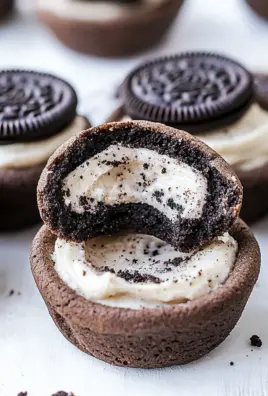
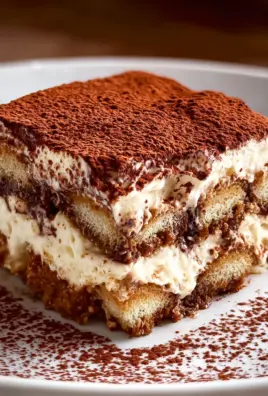
Leave a Comment